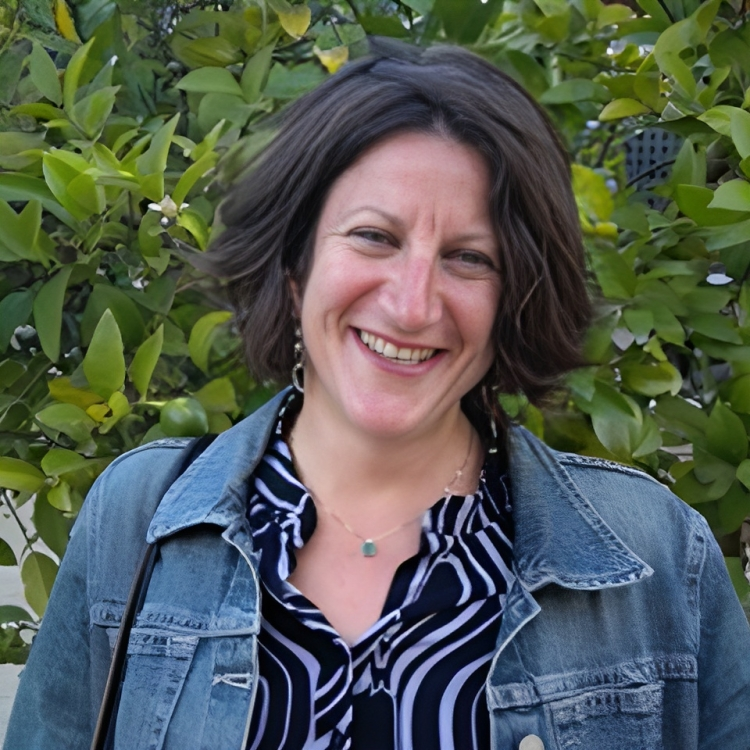Perspective: In a Post-Covid World, More Services Can Be Delivered Remotely. How Will WIC Programs Successfully Navigate the Shift?
November 19, 2020
Tara Fowler
Diane Woloshin
Covid-19 has changed how society functions in countless ways, from how we see the doctor to how we shop for groceries. These new routines were born out of necessity, but they’ve quickly become habits that will remain long after Covid-19 recedes. What does this mean for how we support families through the Special Supplemental Nutrition Program for Women, Infants, and Children (WIC)?
After the USDA waivers expire for select in-person requirements, WIC clinics are likely to continue seeing strong demand for remote or virtual services, including elements of the certification process and nutrition education and breastfeeding promotion and support services. Moreover, a Biden-Harris administration will likely bring further changes and opportunities to improve services, such as reforms that streamline access to nutrition benefits and facilitate online shopping for WIC families.
To prepare to successfully deliver more virtual services, state WIC programs should begin planning now. Four elements are key to getting the transition right.
Listen to the voices of women and providers
Bring the voice of participants to the center and engage directly with expectant mothers and mothers of small children enrolled in WIC. Altarum took this approach with the Mid-Atlantic Region WIC programs, where we conducted participant surveys and held focus groups to identify barriers to participation. From that process, we learned that participants had misconceptions about eligibility. We also learned that they wanted flexible service hours to accommodate their work schedules. Without listening to that voice, this key insight would have been overlooked.
Providers—both local WIC staff and community providers who refer women to WIC services—also have an important perspective. How is health and certification data shared and how easily does it flow? How often do referrals lead to new enrollments? Where does the process run into obstacles? Going into the community and asking the right questions will yield a greater understanding of where the process can be improved.
Use the insights to enhance service delivery
Interviews with participants, WIC staff, and community providers should directly inform recommendations for continuous quality improvement and program enhancements. Combined with a thorough review of state and local policies and practices, this forms the foundation of a participant-centered plan for building out remote services that leverage the program’s strengths. Analytics also play a role—gather and assess program data to see how all program processes work together and pinpoint areas to retool.
Train and empower the WIC workforce
Training is more than a step in a process; it’s an ongoing and fundamental aspect of a successful launch of new virtual services and their sustained delivery. Virtual services may require staff to learn new educational delivery platforms and methods for remote client engagement. Training and education should empower the WIC workforce to deliver client-centered services. This means accommodating different learning styles, providing the experience needed to build confidence in learning new skills, tailoring the curriculum to each audience, and supporting the exchange of best practices.
And here’s the critical part of training: it becomes a fundamental and ongoing part of WIC operations. After the program changes are evaluated, further refinements are made to the training to empower staff to implement any modifications to program operations. It’s a virtuous cycle of continuous process improvement for better outcomes for WIC professionals and the people they serve.
Evaluate what works and for whom
Finally, how do we know the enhancements are having their desired effect? Some states have already begun assessing their modified program delivery methods initiated during the pandemic, looking at analytics on program utilization, such as trends in participation, food benefit redemption, and breastfeeding initiation. Other metrics could include number of incomplete versus completed online applications, number of phone calls received for services that can be completed online, and participation in online trainings. Understanding qualitative information will be just as important as asking what story do the data tell and why, and where does the process work well and where does it stumble.
By integrating these four elements—participant and provider voices, service delivery enhancements, workforce training, and evaluation—WIC programs can effectively prepare now for a new age during and beyond Covid-19 where flexible and engaging remote services increasingly become the norm.
Altarum is a nonprofit organization that works with federal and state agencies and foundations to design and implement solutions to improve the health of individuals with fewer financial resources and populations disenfranchised by the health care system. We achieve measurable results by combining our expertise in public health and health care delivery with technology, workforce training and continuing education, applied research, and technical assistance. Our innovative solutions lead to better health for beneficiaries and better value for payers.
View Related
New Research in "Preventing Chronic Disease" Evaluates Distribution Model to Increase Access to Affordable Fruits and VegetablesHRSA's MCHB Selects Altarum to Lead Strategic Support Services for the Regional Pediatric Pandemic Network
In Health Affairs, Altarum Demonstrates the Economic Benefits of Lead Water Service Line Replacement in Michigan

Perspective

Tara Fowler - PhD, MPH, CPH
Vice President, Population Health
Areas of Expertise- Applied Research and Analytics
- Maternal and Child Health
- Qualitative Research
Tara Fowler leads Altarum's population health work, including in the areas of community health, applied research and analytics, and delivery systems transformation. She has led a variety of multifaceted quantitative and qualitative research projects that deliver insights to leaders of government health agencies, from the Defense Health Agency to the Health Resources and Services Administration. Her recent work includes an evaluation of a HRSA-funded program implemented in 16 states to improve oral health of low-income pregnant women and infants. Tara holds a PhD in public health from the University of South Florida.

Diane Woloshin - MS, RD
Senior Associate, Food and Nutrition
Areas of Expertise- State and Federal Food and Nutrition Programs
- Training and Technical Assistance
- Qualitative Research and Mixed Methods Program Evaluation
Diane is a seasoned health administrator and expert in food and nutrition program development, implementation, and evaluation. She has contributed to SNAP-Ed evaluation projects in nine states as well as nationwide studies on SNAP and WIC conducted by Altarum. She has extensive experience in the development of qualitative and quantitative data collection instruments and protocols, the facilitation of focus groups and key informant interviews, analysis and reporting of findings, and training and curriculum development. Diane is a former director of nutrition services for Alameda County, California and deputy director of the California WIC Association, where she advocated for women and families at the state and federal levels. Diane is a registered dietitian and has a master’s degree in health care administration.